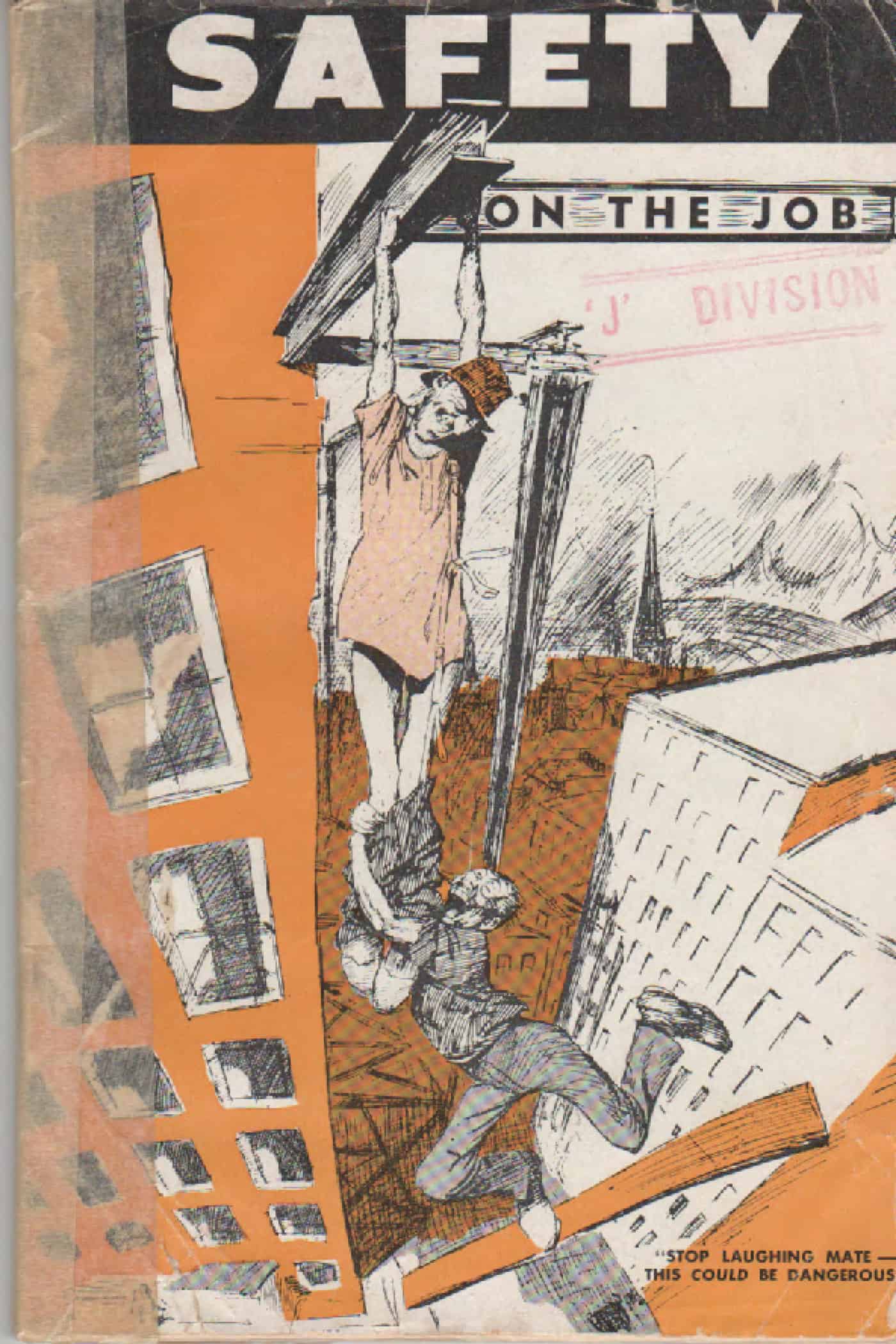Recently New Zealand stole some of Australia’s thunder on quad bike safety when, according to one media report, one of the country’s state-owned enterprises, Landcorp Farming Limited decided it:
“…will not be using quad bikes on its new farms, and is limiting use of the vehicles elsewhere, as it looks for a safer and more suitable alternative.”
The differing positions on quad bike safety mirror the Australian debate. Landcorp will remove or limit the use of quad bikes just as did the New South Wales’ National Parks & Wildlife Service. The Motor Industry Association argues against crush protection devices just as has the FCAI in Australia. Charley Lamb of Lincoln University echoes Australian academic researchers and believes:
“The argument that rollover protection killed riders was “rubbish”. Continue reading “New Zealand’s LandCorp reduces quad bike use”



